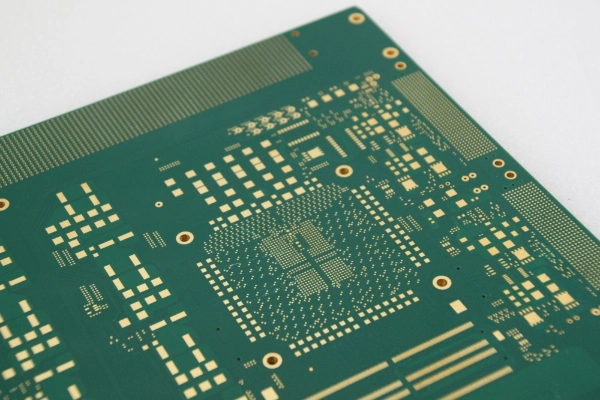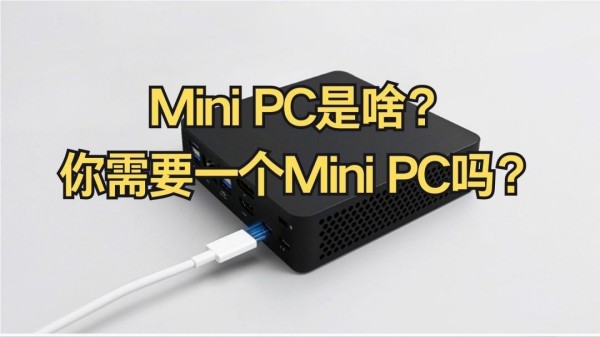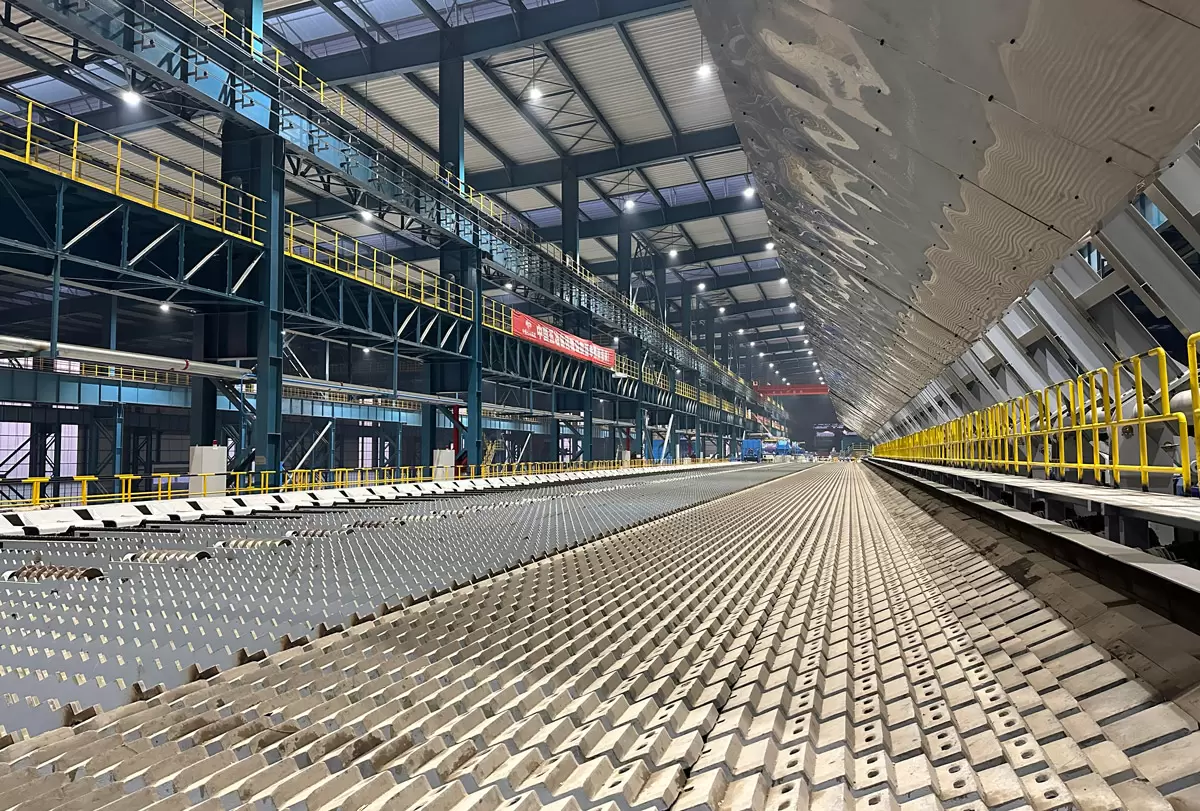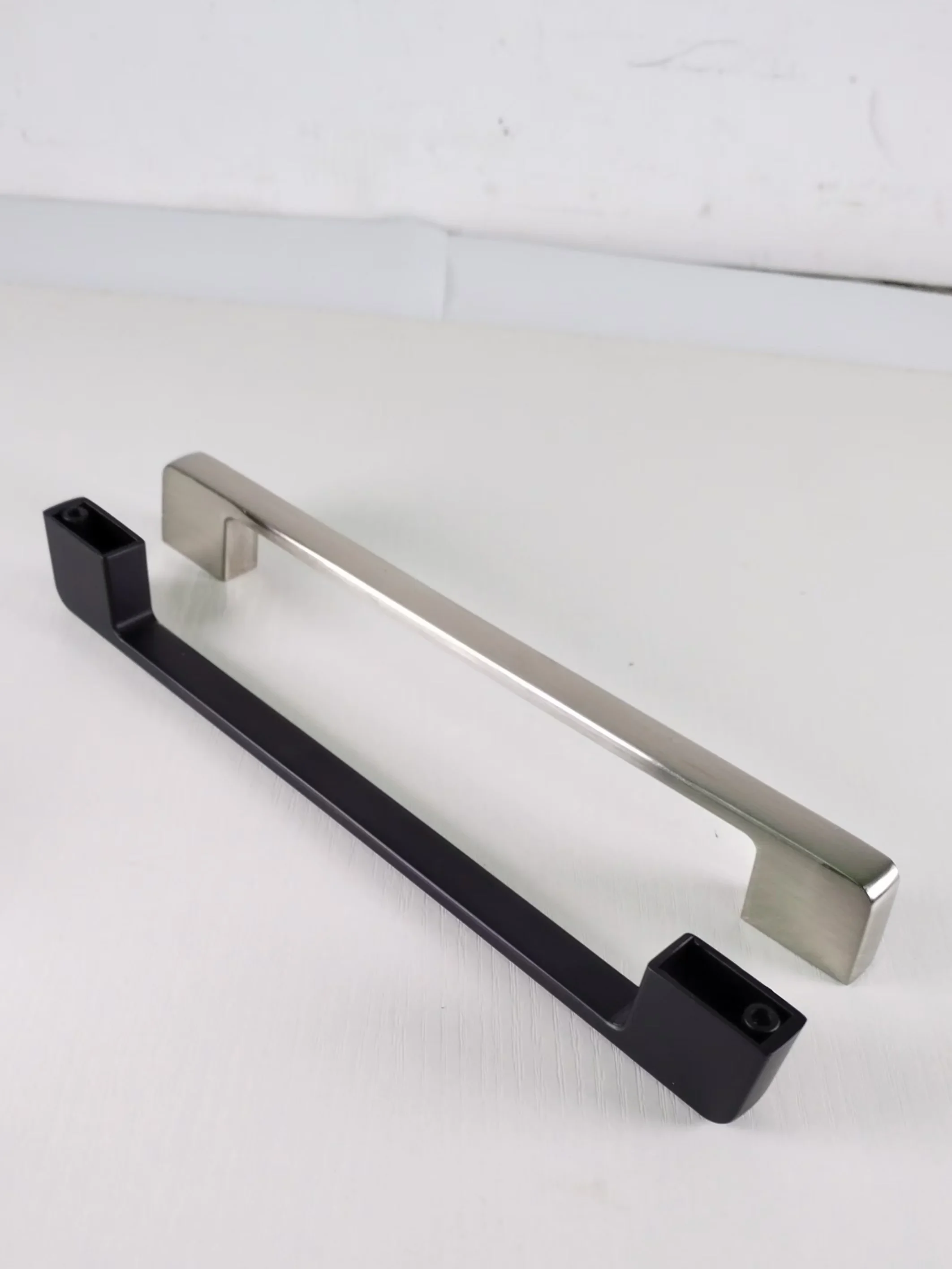What Are Category 7 Network Cables?
Category 7 network cables, often referred to as Cat 7 cables, represent a significant advancement in Ethernet networking technology. Designed to handle data transmission speeds up to 10 Gbps over 100 meters, Cat 7 cables are built to meet the demands of high-performance networking environments. They use four individually shielded twisted pairs and an overall shielding layer, minimizing crosstalk and electromagnetic interference.
Unlike earlier categories such as Cat 5e or Cat 6, the Category 7 standard operates at a frequency of up to 600 MHz, enabling faster and more stable data communication. This makes it suitable not only for home networks but also for data centers, industrial automation systems, and high-bandwidth business environments. In this blog post, Dingliang, a high quality communication cables manufacturing factory, will share the application of category 7 network cables in smart infrastructure.
Evolution from Cat 6 to Category 7 Network Cables
The shift from Cat 6 to Category 7 network cables reflects the growing need for more efficient data transfer and greater protection against interference. Cat 6 cables were designed for gigabit Ethernet and can reach up to 250 MHz, but as digital demands have increased, Cat 7 emerged as the next logical step.
One of the major differences lies in shielding. While Cat 6 cables typically use unshielded twisted pairs (UTP), Cat 7 cables feature a shielded twisted pair (STP) design. This shielding reduces signal degradation over long distances and ensures data integrity, even in electrically noisy environments such as offices with multiple networked devices or industrial facilities with heavy machinery.
The improved design and performance make Cat 7 cables a future-ready solution that supports both current and upcoming networking technologies, such as 10-Gigabit Ethernet and beyond.
Applications of Category 7 Network Cable Systems
Category 7 network cable systems are widely used in settings that demand high-speed and stable connectivity. In modern homes, these cables can support smart home networks where multiple devices—ranging from security systems to streaming platforms—operate simultaneously.
In commercial and industrial sectors, Cat 7 cables play a vital role in connecting servers, switches, and routers. Data centers rely on the enhanced performance of Cat 7 cables to minimize latency and maximize bandwidth utilization. These cables are also beneficial in hospital IT networks, research institutions, and financial centers, where data transmission reliability is critical.
Additionally, the Category 7 infrastructure supports the backbone of advanced building management systems, including IP-based surveillance, automation controls, and environmental monitoring technologies.
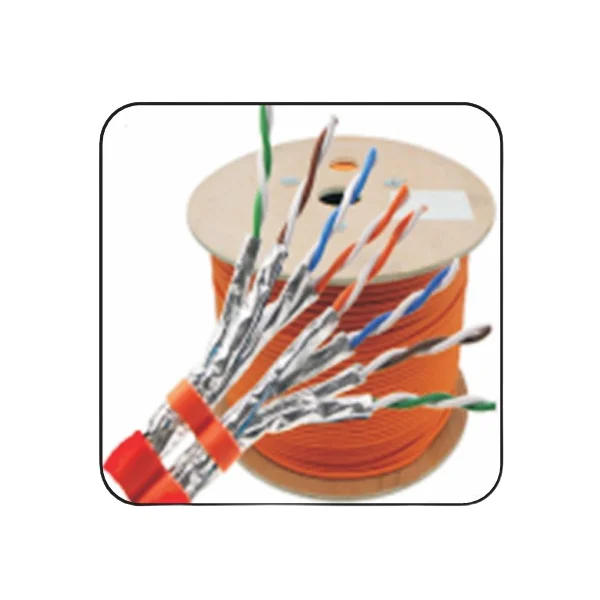
Category 7 Ethernet Cables vs. Category 8 and Cat 6A
The networking world continues to evolve, and while Category 7 network cables remain a high-performance choice, it’s essential to understand how they compare to related standards like Cat 6A and Cat 8.
Cat 6A (Augmented Category 6) supports up to 10 Gbps but only at 500 MHz, which is lower than Cat 7’s 600 MHz bandwidth. However, Cat 6A cables are typically more flexible and cost-effective, making them popular in less demanding environments.
Category 8, on the other hand, pushes the performance boundary further with frequencies up to 2000 MHz and supports 25/40 Gbps over shorter distances (up to 30 meters). Despite its superior performance, Cat 8 is primarily suited for data centers, while Cat 7 offers a more balanced choice for both enterprise and residential use—combining speed, shielding, and affordability.
Why Category 7 Network Cables Remain Relevant
While newer technologies like Cat 8 are emerging, Category 7 network cables remain a strong contender for most real-world networking applications. Their shielded construction ensures long-term reliability and reduced maintenance, and they are backward compatible with Cat 6 and Cat 5e systems.
Moreover, Cat 7 cables use GG45 or TERA connectors, which offer better performance than traditional RJ45 connectors in shielding and signal integrity. This flexibility allows network designers to upgrade systems gradually without needing to replace all hardware at once.
For businesses and individuals who want to future-proof their networks without over-investing in the latest high-end standard, Category 7 remains a practical and cost-efficient option.
Role of Category 7 Cables in Smart Infrastructure
As global infrastructure becomes increasingly interconnected, Category 7 network cables form an essential backbone for digital transformation. Smart buildings, intelligent manufacturing systems, and cloud-based monitoring platforms all depend on robust, low-latency data transmission.
By reducing signal interference and maintaining high throughput, Cat 7 cables ensure seamless communication among sensors, controllers, and computing nodes. This stability enhances productivity and supports the integration of technologies such as artificial intelligence, IoT, and real-time analytics.
In smart cities, Category 7 cables contribute to the efficiency of traffic management systems, energy distribution networks, and public safety monitoring—making them a silent but crucial part of digital infrastructure.
Future Trends in High-Speed Network Cabling
While fiber optics often dominate discussions about the future of connectivity, copper-based solutions like Category 7 network cables continue to evolve. Hybrid systems that integrate Cat 7 with optical links are becoming increasingly common, allowing organizations to enjoy the benefits of both technologies—speed and flexibility.
Looking forward, the demand for stable, shielded cabling will only increase as more industries adopt automation and cloud computing. Cat 7’s blend of speed, security, and shielding positions it as a key enabler of reliable digital communication for years to come.
Conclusion
Category 7 network cables represent more than just an incremental improvement in Ethernet standards—they embody a bridge between current and future connectivity needs. With their superior shielding, high data capacity, and compatibility across multiple systems, they provide an ideal foundation for businesses, institutions, and households aiming for high-speed, interference-free networking.
In an age where every millisecond of data transfer matters, Category 7 cables ensure that networks remain efficient, scalable, and ready for tomorrow’s digital challenges.
www.dlelectronic.com
Dingliang

